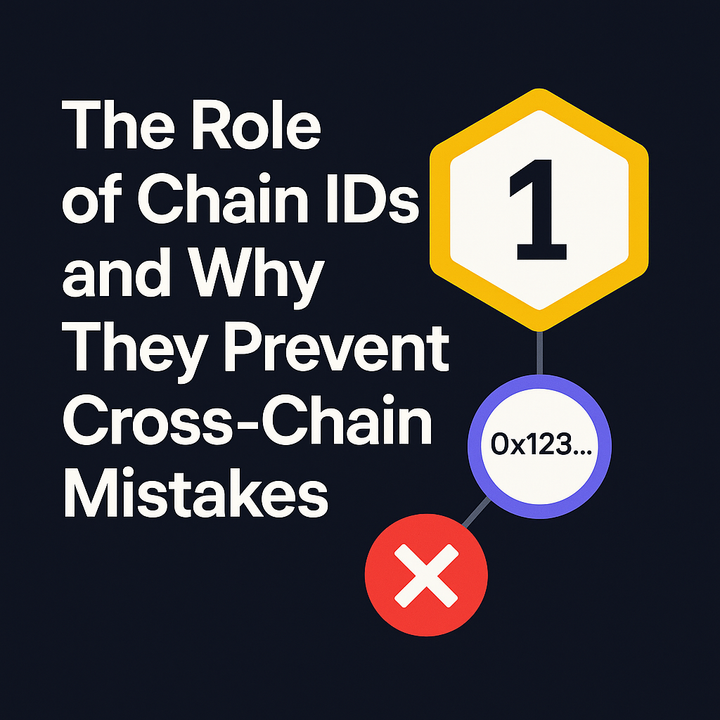How Mitosis is Powering a New Era of DeFi Liquidity

The evolution of Decentralized Finance (DeFi) has brought unprecedented financial innovation, but it has also exposed structural inefficiencies that hinder growth, fairness, and capital efficiency. The DeFi ecosystem is built on the promise of open, permissionless financial systems, yet liquidity (the backbone of these markets) remains highly fragmented, inefficiently priced, and susceptible to instability (impermanent loss). This is where Mitosis comes in, offering a transformative approach to liquidity provisioning that democratizes access to yield opportunities, enhances price discovery, and introduces a new paradigm of capital efficiency through tokenization.
Mitosis is more than just another liquidity network; it is an infrastructure that enables liquidity to become programmable, dynamic, and strategically deployed. Instead of static, locked assets sitting in isolated pools, Mitosis transforms liquidity into tradeable, composable financial instruments. By allowing liquidity providers to collectively bargain for better yield opportunities and introducing tokenized liquidity positions, Mitosis addresses some of the biggest challenges in DeFi: capital inefficiency, lack of transparency, and the volatility of total value locked (TVL). These innovations pave the way for a more sustainable, inclusive, and optimized liquidity ecosystem.
Mitosis as a Programmable Liquidity Network
Mitosis redefines liquidity provision by introducing a tokenized, programmable approach. Through its infrastructure, liquidity positions are no longer static but instead become liquid, composable assets that can be utilized across multiple DeFi applications. The key innovation lies in Mitosis’s tokenization of liquidity positions into standardized assets (miAssets and maAssets) that maintain tradability and composability. These tokenized positions enable liquidity providers to retain ownership and flexibility over their assets while still participating in yield-generating strategies.
By aggregating liquidity providers into a collective network, Mitosis unlocks access to previously unattainable yield opportunities. Rather than competing individually, liquidity providers gain the bargaining power necessary to negotiate better terms, resulting in fairer yield distribution across all participants. This shifts DeFi liquidity from an opaque, privilege-driven system to one where yields are transparently discovered and equitably allocated. The introduction of a standardized, tokenized framework for liquidity positions also enhances price discovery, making it easier for market participants to assess the value of liquidity across different protocols.
Moreover, Mitosis significantly improves capital efficiency by allowing tokenized liquidity positions to be used as financial instruments. Instead of being locked away in a single DeFi protocol, miAssets and maAssets can be utilized in various strategies, including lending, borrowing, trading, and collateralization. This effectively multiplies the utility of liquidity without increasing the risk of capital inefficiency. By transforming liquidity into a more dynamic and flexible asset class, Mitosis ensures that liquidity providers can maximize their returns while maintaining strategic control over their capital.
The Problem of Liquidity Inefficiency in DeFi
The inefficiencies in DeFi liquidity markets are deeply rooted in how liquidity is traditionally sourced and utilized. At present, liquidity providers deposit their assets into automated market makers (AMMs) and lending protocols in exchange for fees and incentives. However, this process is flawed in several ways. First, price discovery remains opaque, as liquidity providers often operate without a standardized reference for fair market rates. This means large institutions can negotiate private deals with protocols, securing exclusive, above-market yields, while smaller participants are left at a disadvantage with limited pricing data. The lack of transparency creates an uneven playing field, reinforcing the dominance of well-capitalized players and reducing opportunities for smaller investors.
Additionally, the capital inefficiency in DeFi is staggering. Once assets are locked into liquidity pools, they become illiquid, restricting their ability to be used elsewhere. A liquidity provider cannot simultaneously use their assets for staking, collateralization, or other yield-generating strategies without resorting to inefficient workarounds. This rigid system results in suboptimal asset allocation, where liquidity is either underutilized or locked in unsustainable incentive-driven cycles. The frequent migration of liquidity, driven by short-term incentives, further exacerbates instability. As soon as an incentive program ends or better opportunities arise elsewhere, liquidity providers withdraw their assets, leading to sharp fluctuations in TVL that weaken the resilience of DeFi protocols.
How Mitosis Enhances Price Discovery, Capital Efficiency, and Stability
One of the most revolutionary aspects of Mitosis is its ability to introduce transparency into price discovery for liquidity. By tokenizing liquidity positions into miAssets and maAssets, the market can now objectively determine their value, allowing for greater efficiency in liquidity pricing. This standardization eliminates the information asymmetry that previously benefited only large-scale liquidity providers, creating a fairer environment where all participants can access clear, real-time data on the value of their assets.
Capital efficiency sees a significant boost with Mitosis because liquidity providers no longer need to make binary choices between providing liquidity and using their assets elsewhere. Since miAssets and maAssets are fully composable, they can be traded, borrowed against, or used in various DeFi applications without requiring liquidity providers to remove their capital from existing yield strategies. This effectively means liquidity providers can compound their earnings by participating in multiple yield-generating activities simultaneously.
Another major advantage of Mitosis is its ability to enhance stability within DeFi ecosystems. The volatility of TVL has long been a challenge, as liquidity often flows unpredictably in response to shifting incentives. Mitosis addresses this by establishing a more predictable, structured liquidity provisioning model, reducing reliance on short-term incentives. Since liquidity positions become more fungible and transferable, protocols benefit from a more stable and resilient liquidity base, mitigating the risk of sudden capital flight. This stability is essential for DeFi protocols that require sustainable liquidity to support lending, trading, and other financial operations.
By integrating these innovations, Mitosis lays the foundation for a more mature DeFi ecosystem. The current model of liquidity provisioning, where assets are locked, capital is underutilized, and price discovery remains inefficient, is unsustainable in the long run. Mitosis not only addresses these challenges but also introduces a fundamentally better way to approach liquidity as a programmable, tradable asset class. This shift opens up new opportunities for investors, institutions, and protocols alike, creating a more inclusive and efficient financial system.
Conclusion
The value proposition of Mitosis is clear: it makes liquidity more accessible, transparent, and efficient while fostering a stable and sustainable DeFi ecosystem. By enabling liquidity to be programmable and tradeable, it removes the inefficiencies that have long plagued decentralized finance, such as a lack of price discovery, capital rigidity, and unstable liquidity provisioning.
As DeFi continues to evolve, one question remains: will traditional liquidity models adapt to this new paradigm of programmable liquidity, or will they struggle to remain relevant in an increasingly competitive landscape? One thing is certain: Mitosis is not just an incremental improvement; it is a transformative force in DeFi, redefining how liquidity is valued, deployed, and utilized in the digital economy.



Comments ()